Our first reaction to the spanking new Peninsula Link was how silky smooth and effortless it was to drive on – both directions. It’s now official – it’s never been easier to get to the Mornington Peninsula or back to the City of Melbourne. You can extend this thought to all inner and outer suburbs of Melbourne. The journey is easy – there’s not a single traffic light or roundabout from the time you enter the Peninsula Link until you get to Melbourne (amazing, some 80+ kms).
The Peninsula Link includes some unique urban and landscape design features including architectural elements and public art that continues the groundbreaking creativity displayed on the M3.
The use of colour and design on the freeway represents the journey from the north to the south in which the motorist moves from an urban and culturally-rich setting into the rolling, green landscape of the Moorooduc Plains.
The contemporary design is sensitive to the local surrounds and includes vivid colours on bridges and abutments, earthy tones for noise walls, cool feature lighting, sensitive design in the Pines Flora and Fauna Reserve, including a fauna underpass with panels that mimic tree trunks and canopies and rural design with minimal structures and lighting as the freeway enters the rolling landscape of the Moorooduc Plains – your first taste of the Mornington Peninsula.
Other important considerations to note when traveling on the new Peninsula Link are three new sculptures. We are lucky to have them and are made possible by Southern Way, a private consortium financing, building and operating Peninsula Link. They have partnered with the McClelland Gallery+Sculpture Park to select the sculptures. Abigroup and the Royal Bank of Scotland have provided the funding. The sculptures are designed to promote Frankston and do provide a talking point for all along the 27 kilometre freeway.
Sculptures include, Panorama Station will be permanently located at the Peninsula Link/EastLink interchange, and Rex Australis and Tree of life will be the first two of fourteen sculptures installed temporarily at Skye Road and Cranbourne Road.
Melbourne artist Louise Paramor’s Panorama Station is built from steel, with its highest point 16.5 metres and its base more than 11 metres long. Combining everyday elements, it resembles a space-station, a rocket launch-pad or a futuristic engine, conjuring up images from popular culture. What a great way to kick off the Peninsula Link – come in Houston!
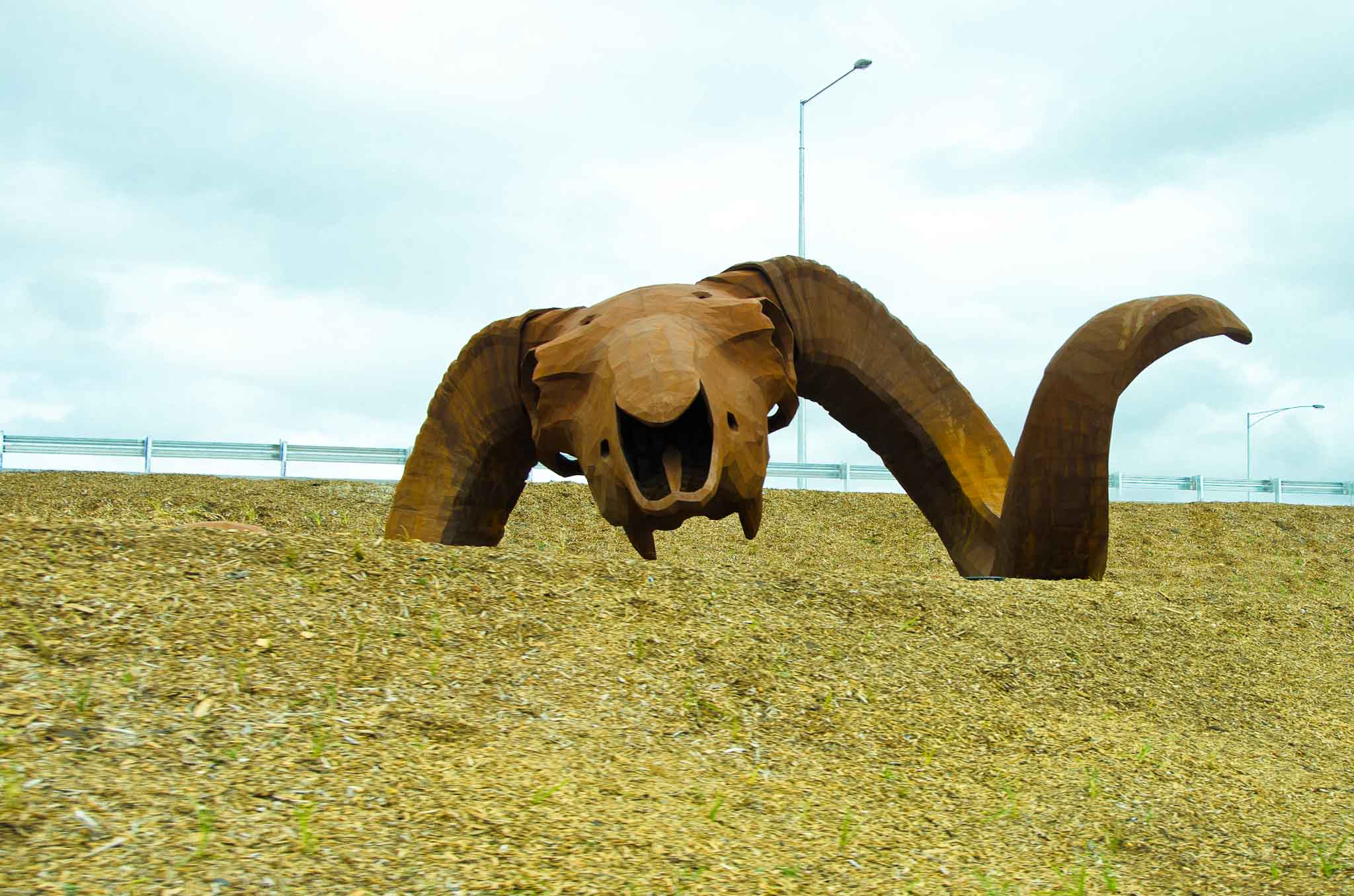
There are so many things the kids can see on this journey that they’ll never say, “are we there yet”. We’ll maybe but not after they see the giant rams horns.
Rex Australis: Melbourne artist Dean Colls’ Rex Australis explores the transience of existence and the passing greatness of the sheep industry in Australia. The sculpture is huge (measures 7 x 14 x 6 metres) and is made of corten steel. This really is cool – our kids could not stop talking about it.
The Tree of Life: by Kiwi artist, Phil Price who is renowned for his large scale, wind-activated kinetic sculpture. The Tree of Life will is 10 metres high and made of carbon fibre, glass fibre, high temperature epoxy, precision bearings and stainless steel and is located near the Cranbourne Road exit. The large tree-like form makes reference to the eucalypt and functions and evokes the natural beauty of the peninsula. The movement is gentle and rhythmic, echoing the rhythmic flow of branches in the wind. This sculpture deserves more time but at 100 k’s and hour it does not do it justice.
Sometimes we forget how lucky we are to live in this country, this state and this city. We take for granted initiatives that are designed to make life easier – especially as time goes past. Whilst we are bathing in the new today it’s importnat to reflect back in history and recognise that this is the third incarnation of a great road into the Mornington Peninsula that started with Nepean Highway then Moorooduc Highway and now the Peninsula Link.
At Love the Pen we cherish great thought and design, especially when it’s matched to logical functionality and this new public freeway rates a 10/10. Thank you to all that have made this project possible.

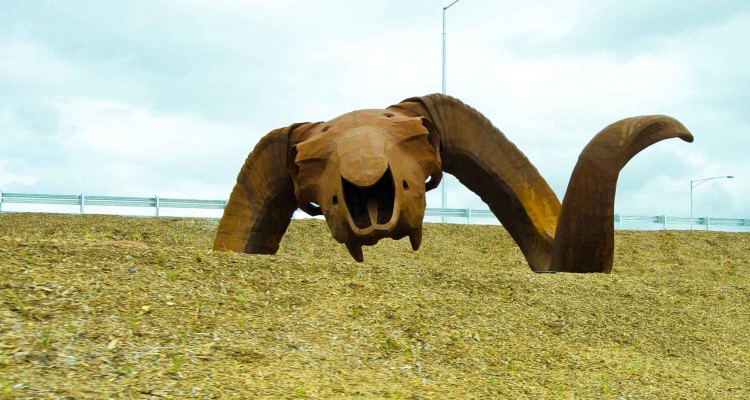

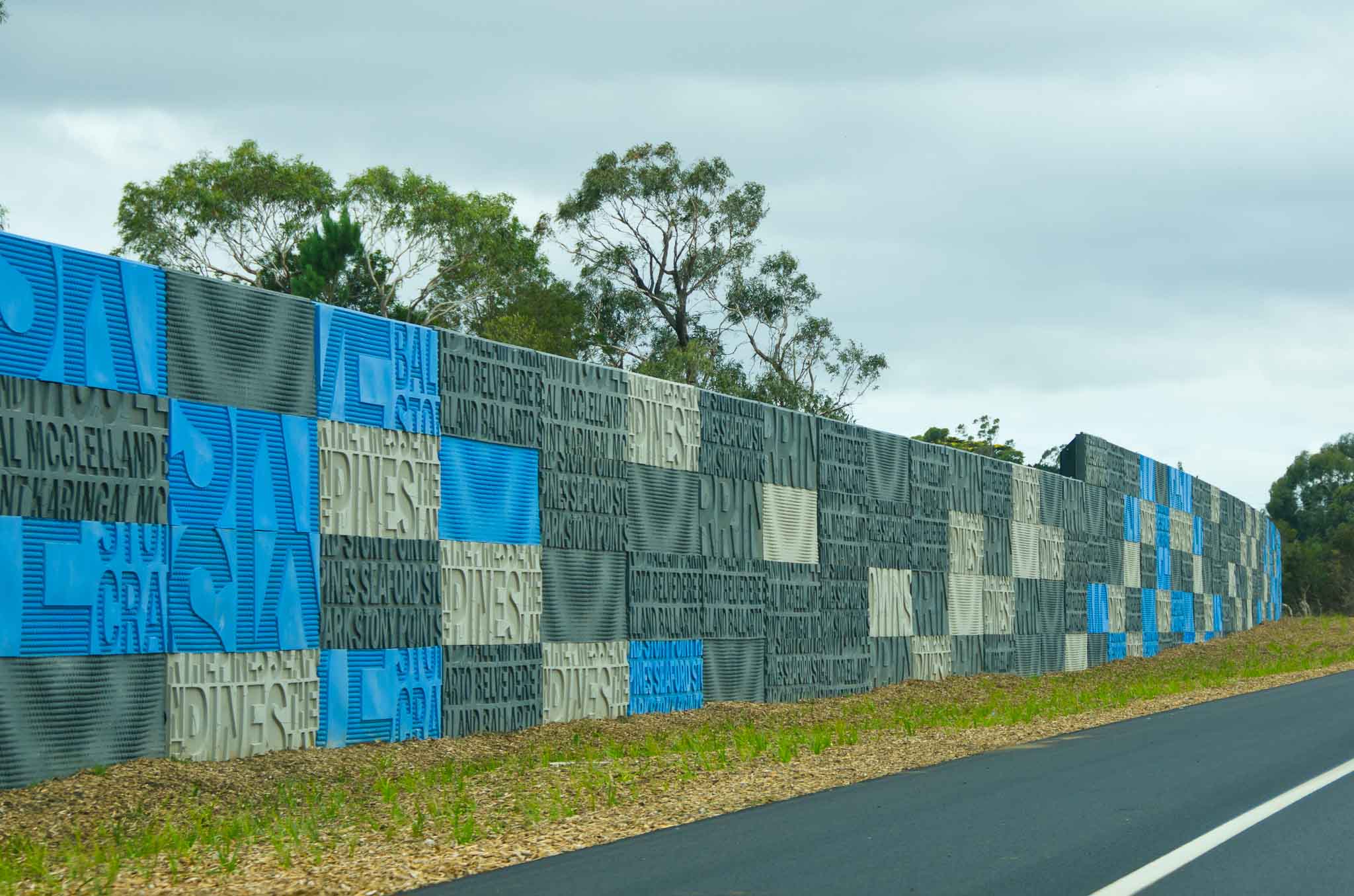
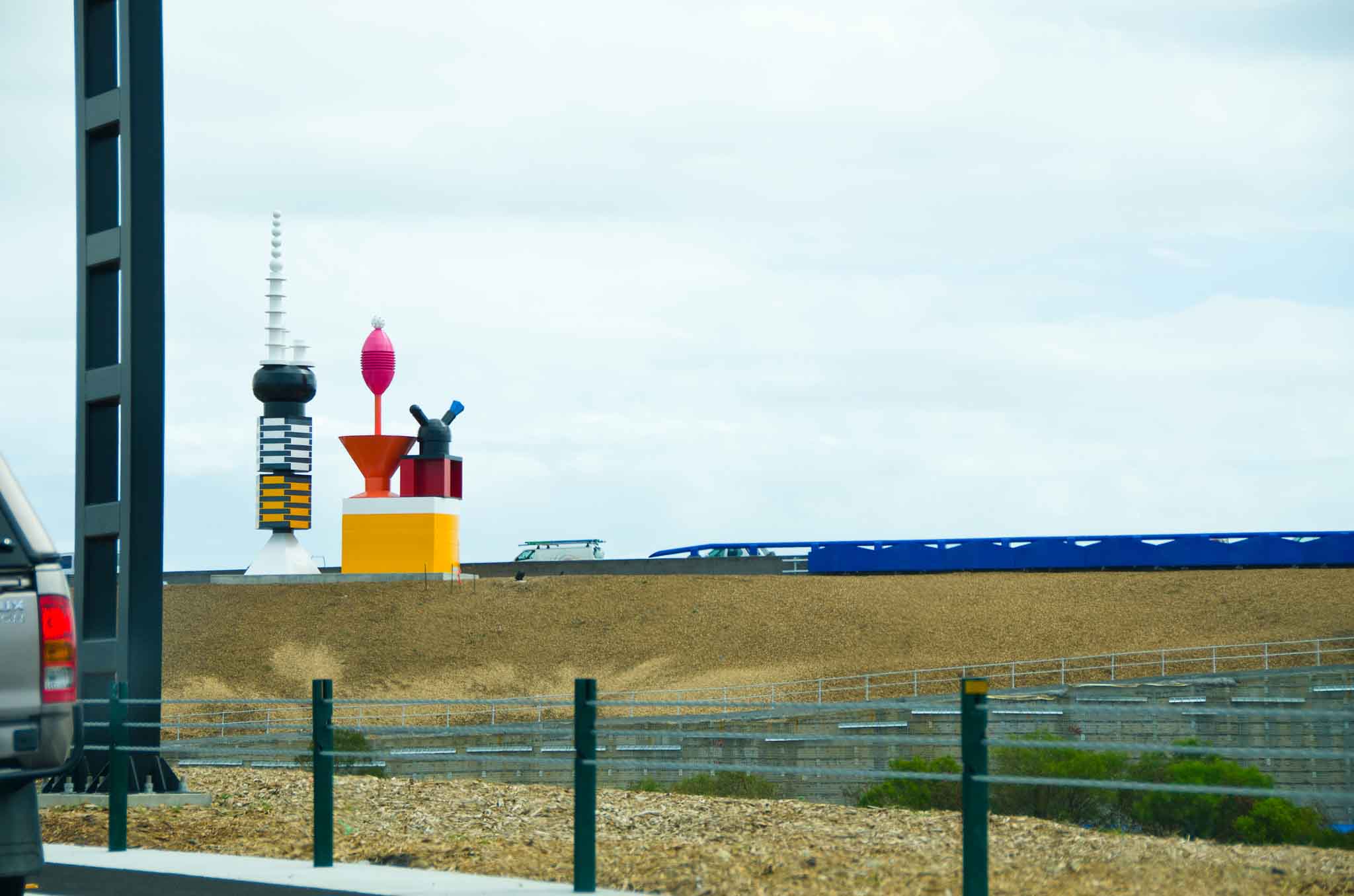
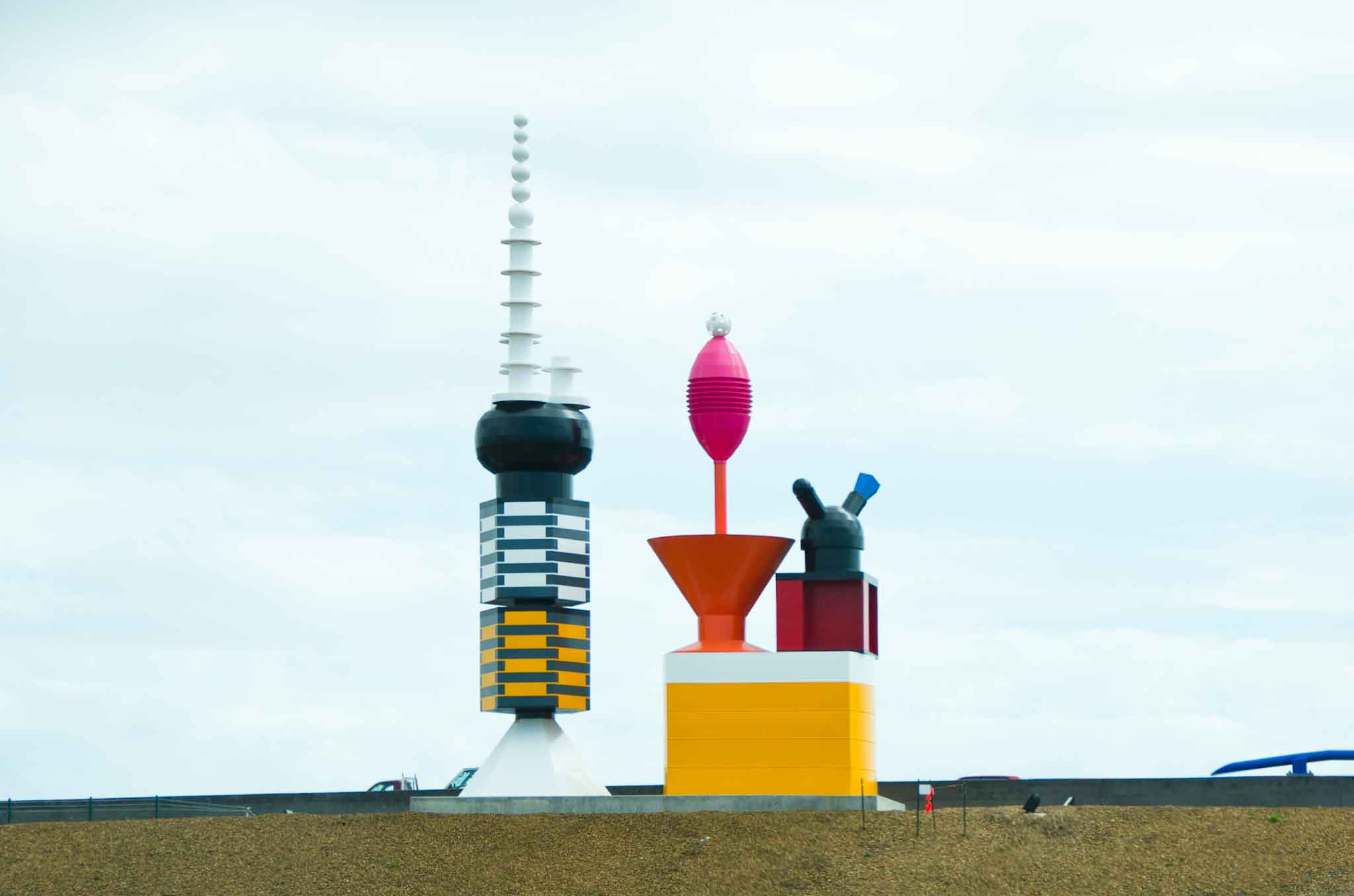
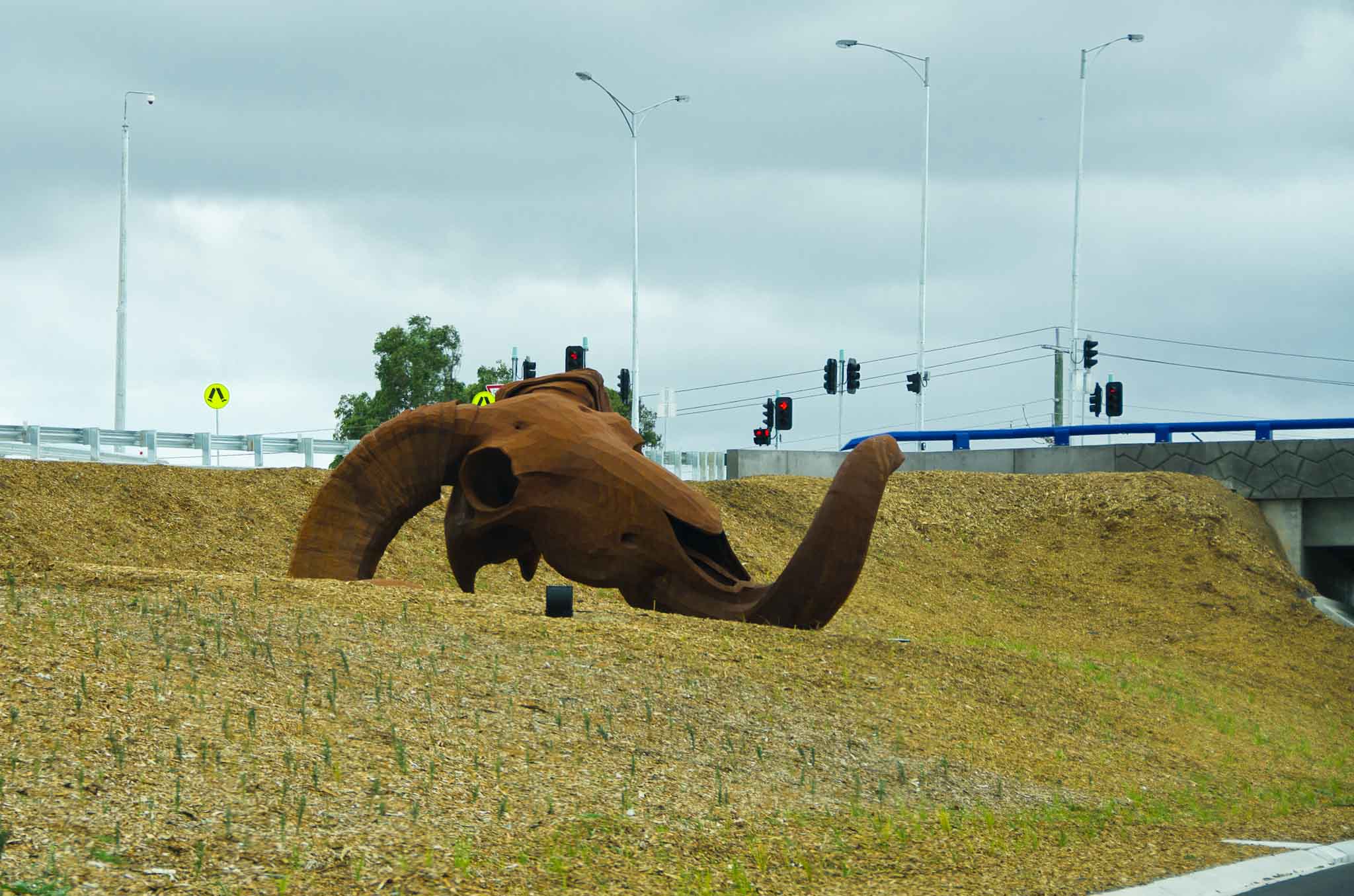
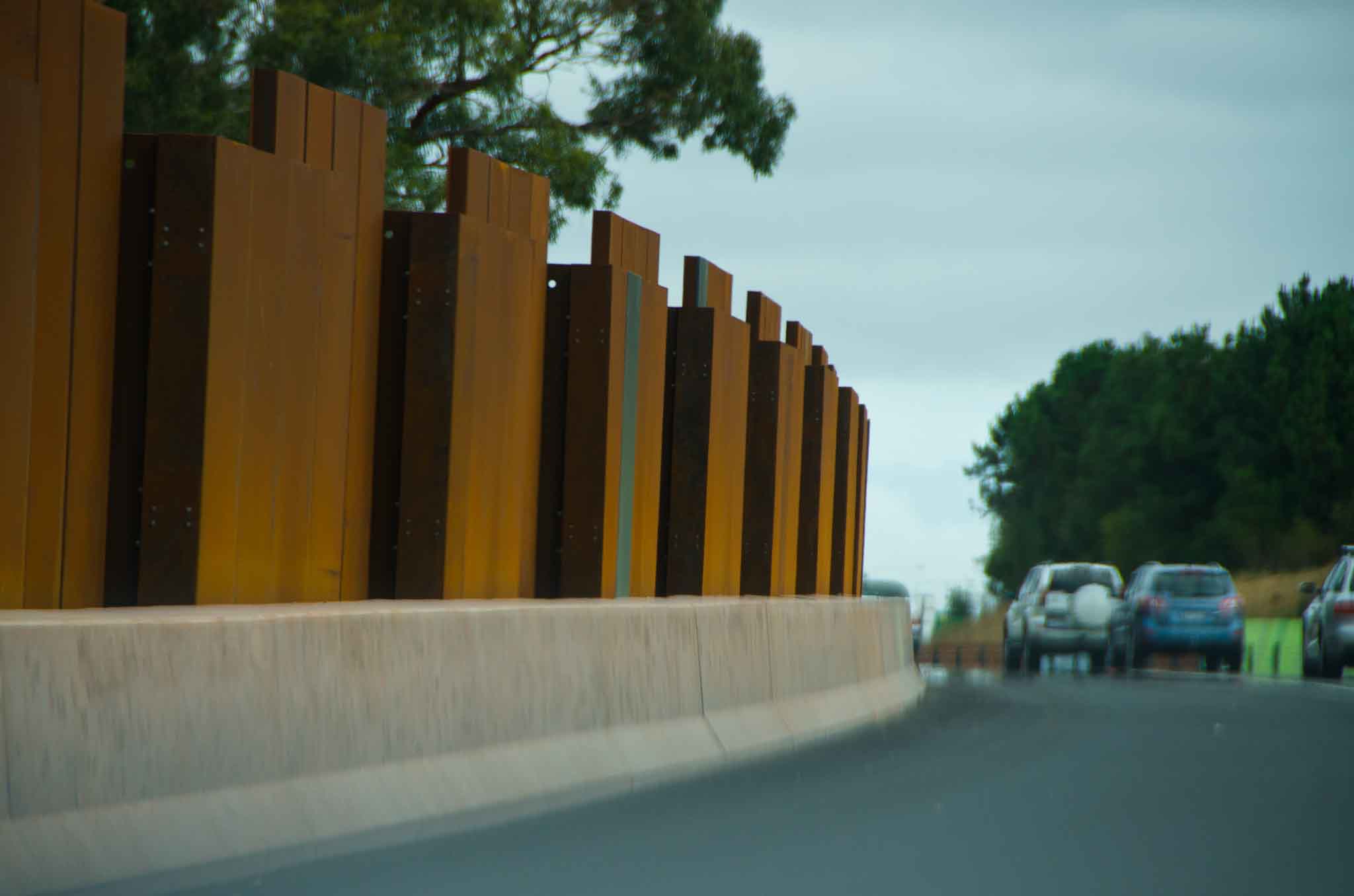
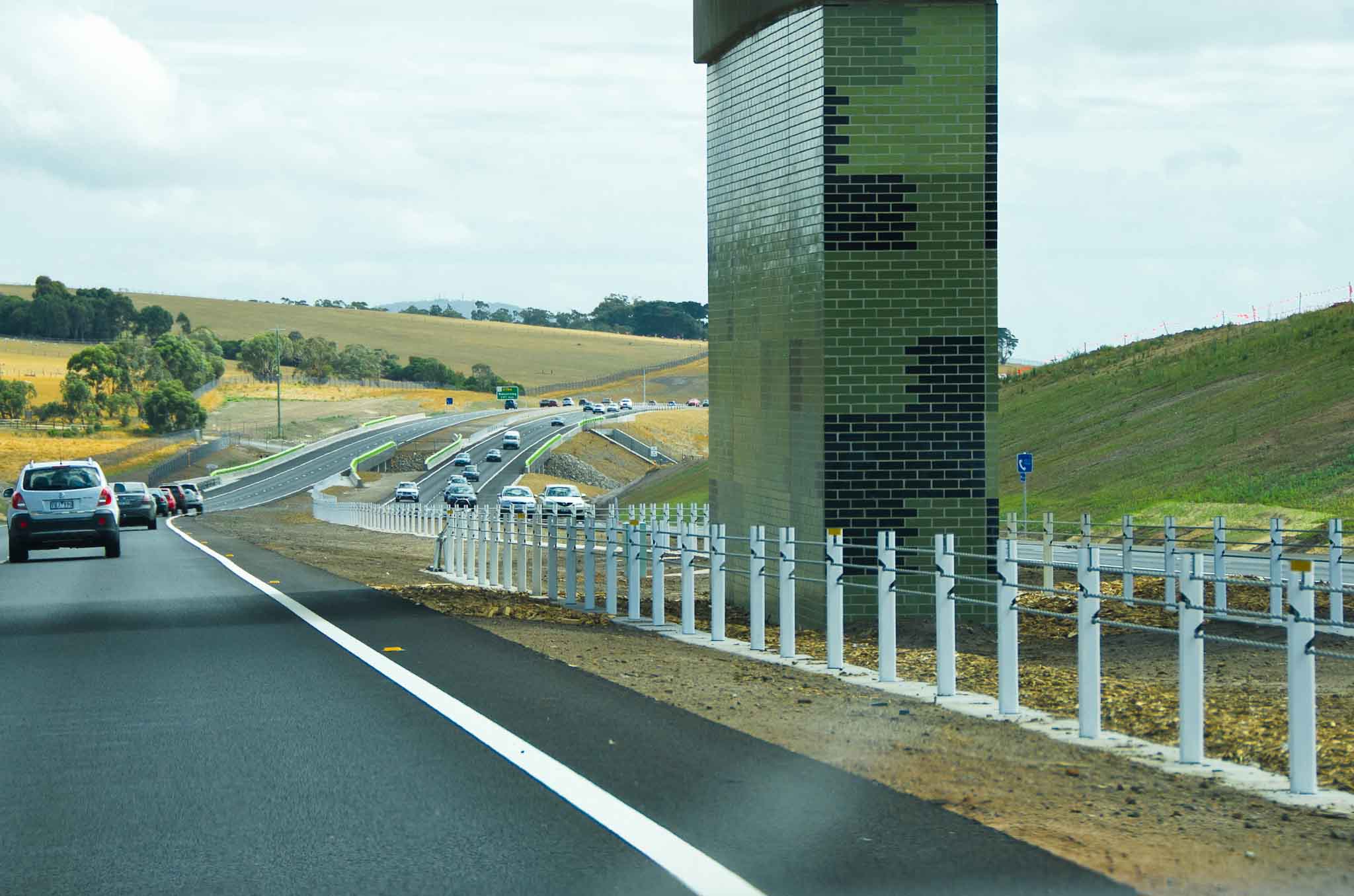
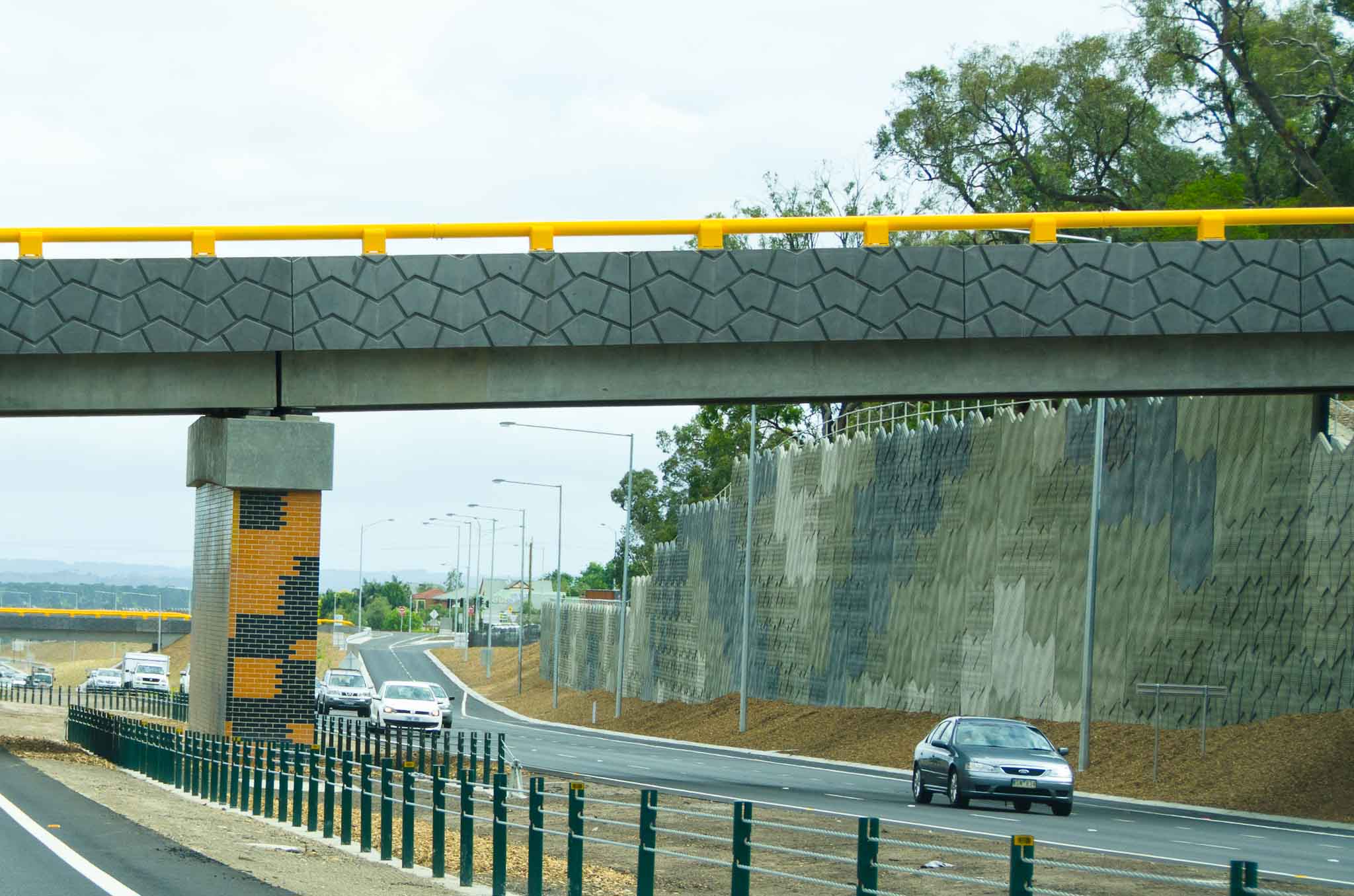
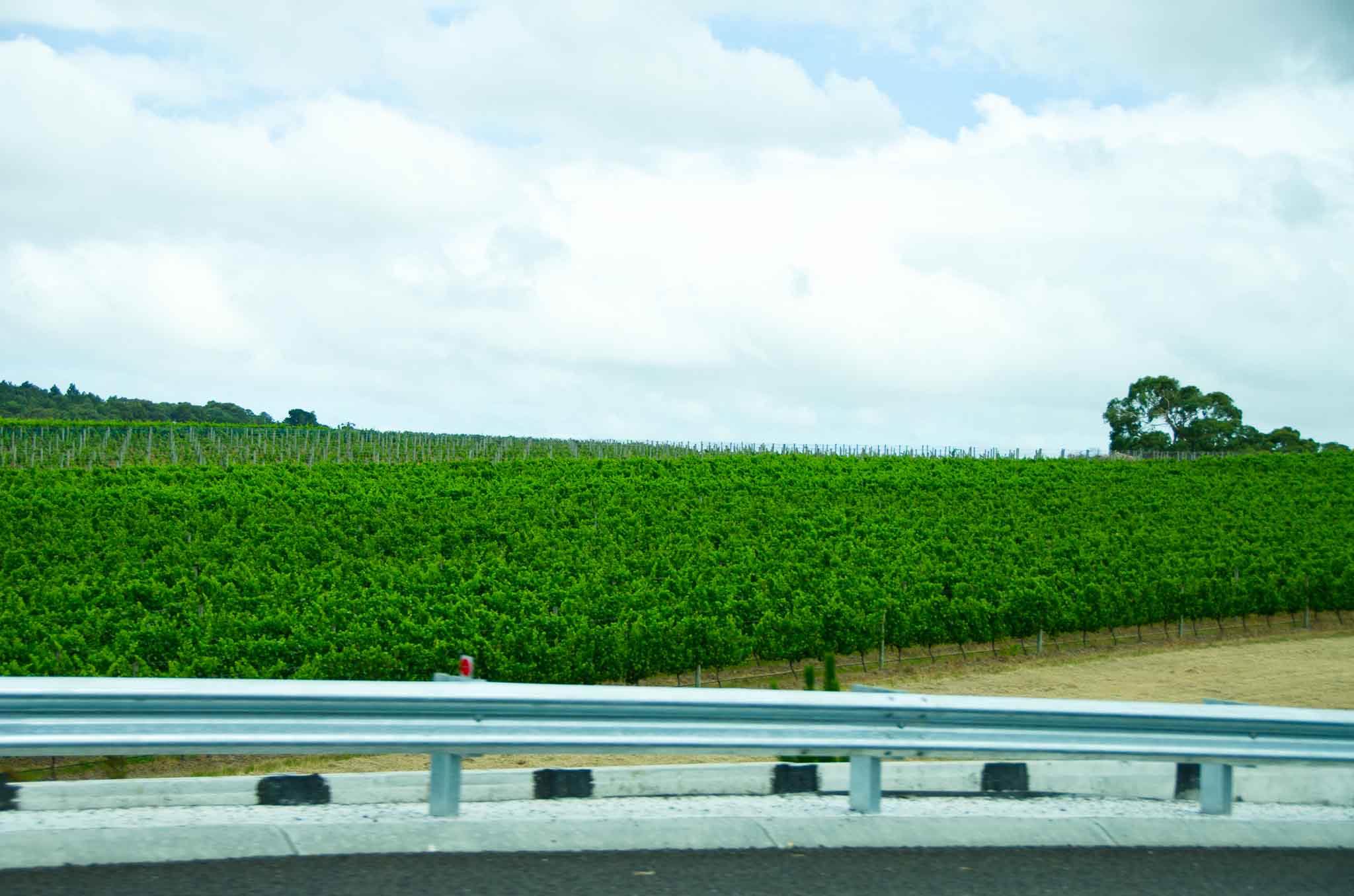
Leave a Reply
You must be logged in to post a comment.